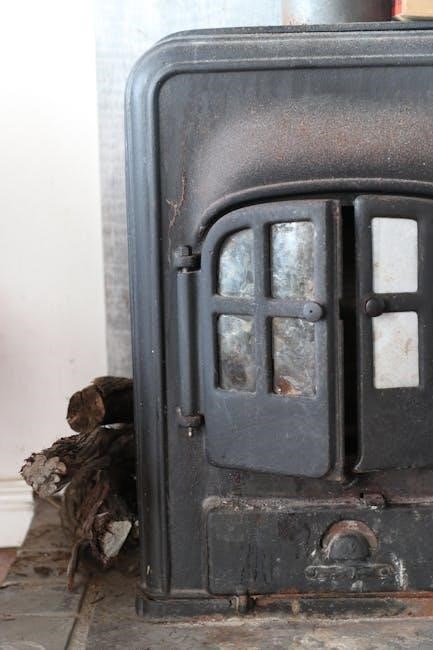
antique cast iron dutch oven identification guide
Antique cast iron Dutch ovens hold historical significance and are highly sought after by collectors and cooks. Their durability and craftsmanship make them invaluable for slow cooking and baking. Identifying these pieces involves understanding markings, manufacturers, and design evolution. This guide provides a comprehensive approach to recognizing and appreciating these timeless cookware treasures.
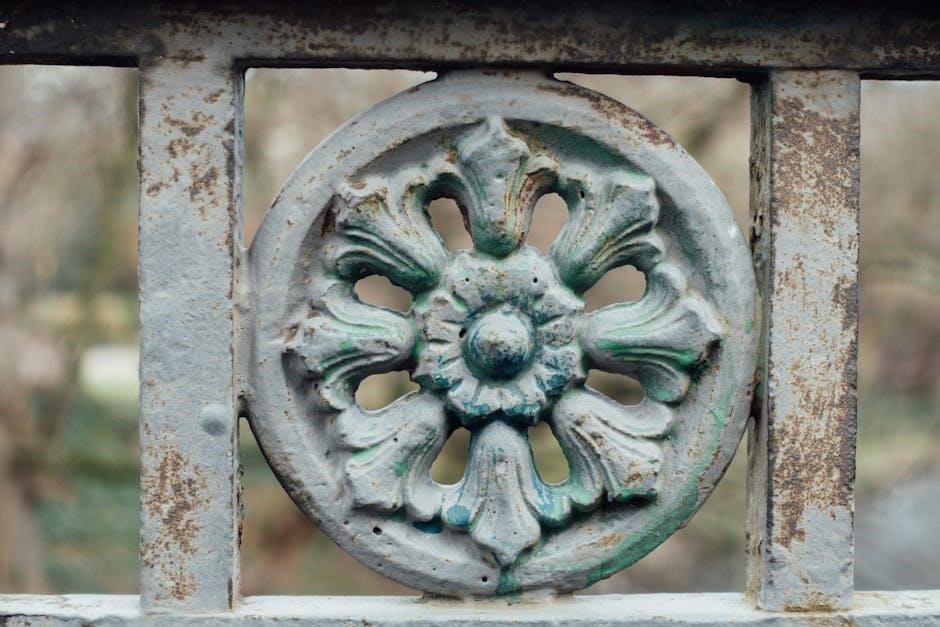
Understanding the Basics of Dutch Ovens
Dutch ovens are heavy, thick-walled cast iron pots with tight-fitting lids, designed for slow cooking over low heat. Traditionally, they feature three legs for stability over campfires and a bail handle for suspension. The lid often has a concave rim to retain coals or water. These ovens are versatile, suitable for baking, boiling, and frying. Their robust construction and heat retention make them ideal for outdoor and indoor cooking. Understanding these fundamental design elements is crucial for identifying antique pieces and appreciating their historical significance in both culinary and collector contexts.
Why Identification Matters for Collectors and Cooks
Identifying antique cast iron Dutch ovens is essential for both collectors and cooks. For collectors, accurate identification determines the piece’s historical significance, manufacturer, and rarity, impacting its value. For cooks, understanding the oven’s origin and design helps optimize its performance. Proper identification ensures authenticity, avoiding modern reproductions. It also reveals the cookware’s historical context, enhancing its culinary and collectible appeal. Whether for cooking or collecting, knowing the backstory of these durable pieces enriches their utility and sentimental worth, making identification a critical first step in appreciating these timeless kitchen treasures.
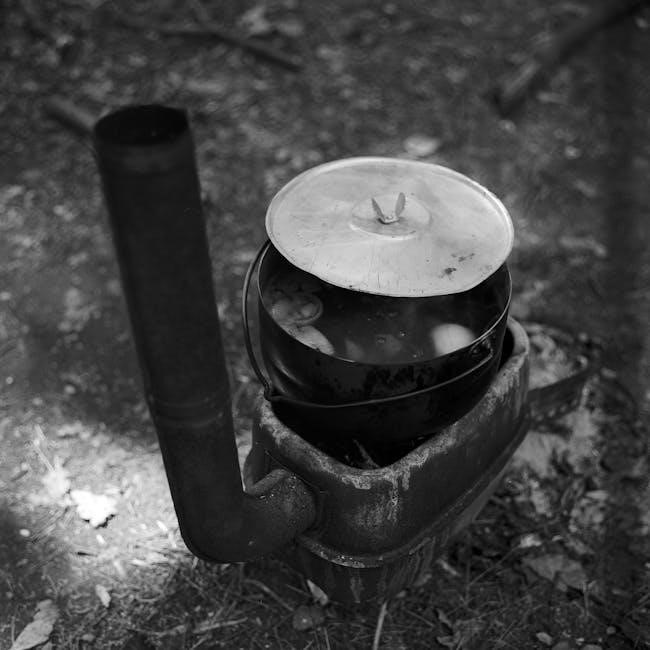
Key Characteristics of Antique Cast Iron Dutch Ovens
Antique cast iron Dutch ovens are recognized by their three legs, heavy bail handle, and concave lid. Markings like numbers and letters indicate size and authenticity.
Physical Features: Legs, Handles, and Lid Design
Antique cast iron Dutch ovens are characterized by three short, sturdy legs, a heavy bail handle for hanging, and a concave lid designed for even heat distribution. The legs provide stability over open fires, while the bail handle allows for secure lifting and suspension. The lid often features a rim to hold coals, enhancing cooking versatility. Handles may vary in shape and size, with some having a more ornate design. These physical features are essential for functionality and help distinguish genuine antiques from modern reproductions.
Markings and Stamps: Numbers, Letters, and Logos
Antique cast iron Dutch ovens often feature distinctive markings, including numbers, letters, and logos, which are crucial for identification. These stamps typically appear on the bottom or lid and may indicate the manufacturer, size, or pattern. For example, Griswold pieces often display a logo with a cross or the company name, while Lodge cast iron may feature their iconic logo or pattern numbers. Size numbers, such as “No. 8” or “10 5/8 In,” are commonly stamped under the lid or on the handle. These markings help collectors determine the piece’s origin, model, and era, making them essential for accurate identification.

Major Manufacturers and Their Identifying Marks
Prominent brands like Griswold and Lodge dominated the production of antique cast iron Dutch ovens, each with unique logos, size numbers, and pattern designs that distinguish their craftsmanship.
Griswold Cast Iron: Logos, Size Numbers, and Patterns
Griswold cast iron pieces are identifiable by their distinctive logos, often featuring a cross or the Griswold name. Size numbers on handles and pattern numbers on cookware help date and authenticate pieces. Griswold Dutch ovens typically have an unbroken heat ring and smooth bottoms, distinguishing them from other brands. Their designs often include incised dots or letters, adding to their unique charm. Collectors prize Griswold for its superior craftsmanship and historical significance, making it a cornerstone of vintage cast iron collections.
Lodge Cast Iron: Historic Markings and Brand Evolution
Lodge Cast Iron, founded in 1896, is renowned for its high-quality cookware. Early pieces often feature the “LODGE” name in capital letters, while later items include size numbers and the Lodge logo. The brand’s markings evolved over time, reflecting technological advancements and design improvements. Lodge Dutch ovens typically have a smooth bottom and a bail handle, with markings on the underside. Collectors value Lodge pieces for their durability and heat retention, making them a staple in both historical and modern kitchens. The brand’s legacy is marked by consistent innovation and a commitment to timeless craftsmanship.
BS&R and Other Lesser-Known Foundries
BS&R (Birmingham Stove and Range) is one of the lesser-known foundries that produced high-quality cast iron cookware. Their Dutch ovens often feature distinctive markings, such as lettering or symbols, which can help identify their origin. Unlike more prominent brands like Griswold or Lodge, BS&R pieces are less commonly encountered, making them unique finds for collectors. Other smaller foundries also contributed to the diversity of antique Dutch ovens, each with their own unique characteristics. These lesser-known pieces can still hold significant value, especially if they are in excellent condition or feature rare design elements.
Dating Your Antique Dutch Oven
Dating antique Dutch ovens involves examining patent dates, historical records, and design changes. These elements provide clues about the era of production, helping to pinpoint its age accurately.
Using Patent Dates and Historical Records
Patent dates and historical records are crucial for dating antique Dutch ovens. Many manufacturers, like Griswold and Lodge, included patent numbers or dates on their pieces, providing direct evidence of production timelines. Historical records from foundries often detail design changes and production eras, helping collectors pinpoint the age of their cookware. For example, Griswold pieces often feature size numbers and logos that align with specific patent years. By cross-referencing these marks with historical data, enthusiasts can accurately determine the age and authenticity of their antique Dutch ovens, ensuring precise identification and valuation.
Identifying Production Eras Through Design Changes
Identifying the production era of antique Dutch ovens involves analyzing design changes over time. Early models often feature more rustic finishes and distinct handle styles, while later pieces may have smoother finishes and updated logos. Size numbers, such as “No. 8” or “10 5/8 In,” can indicate specific production runs. The presence of features like heat rings or dimpled bottoms can also signal particular eras. By examining these design elements and consulting historical records, enthusiasts can accurately determine the age of their cookware, ensuring precise identification and valuation.
Cleaning, Restoring, and Seasoning Antique Dutch Ovens
Cleaning involves removing rust and grime while preserving the cookware’s integrity. Restoring requires careful stripping and re-seasoning to maintain its non-stick finish and enhance its durability for continued use.
Best Practices for Removing Rust and Grime
Removing rust and grime from antique Dutch ovens requires careful techniques to preserve their historical value. Start by soaking the cookware in a mixture of vinegar and water to loosen corrosion. Use a stiff brush or steel wool to gently scrub away rust without damaging the metal. Avoid harsh chemicals or abrasive materials that can strip away seasoning or etch the surface. For stubborn grime, apply a paste of baking soda and water, letting it sit before rinsing. Neutralize any acidic residue with a clean water rinse and dry thoroughly. Always finish by applying a thin layer of cooking oil to protect the metal and maintain its condition for future use.
Re-seasoning Techniques for Revitalizing Old Cookware
Re-seasoning is essential for restoring antique Dutch ovens to their functional best. Start with a clean, rust-free surface. Apply a thin, even layer of high-smoke-point oil, such as flaxseed or vegetable oil, using a paper towel. Bake in a preheated oven at 350°F for an hour to polymerize the oil. Repeat this process 2-3 times for a durable finish. Avoid using harsh chemicals or detergents, as they can strip the seasoning. For maintenance, simply wipe clean with kosher salt and water, then reapply a thin oil layer. Proper re-seasoning ensures your Dutch oven remains non-stick and rust-resistant for years to come.
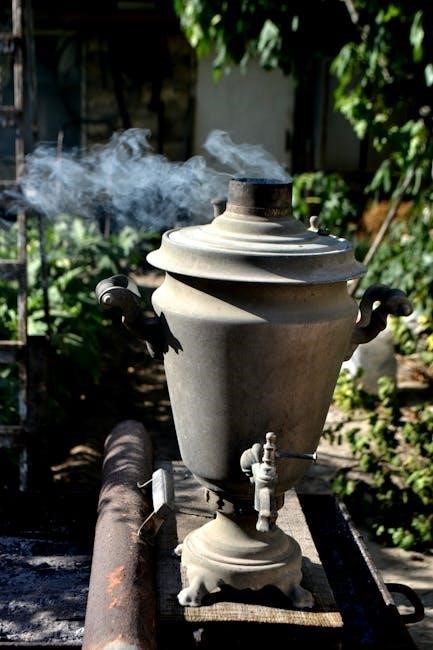
Valuation and Appraisal of Antique Dutch Ovens
The value of antique Dutch ovens is determined by condition, rarity, and manufacturer, with pieces from Griswold and Lodge often commanding higher prices due to their historical significance.
Determining Value Based on Condition and Rarity
The value of antique Dutch ovens is heavily influenced by their condition and rarity. Pans in excellent condition with minimal rust or damage command higher prices, while those with significant wear may be less valuable. Rare sizes, such as smaller or oversized models, often fetch premium prices due to their scarcity. Early production runs or pieces with unique markings can also increase value. Restoration can impact worth, as original seasoning and patina are highly prized by collectors. Griswold and Lodge pieces, particularly those with clear logos or size numbers, are among the most sought after. Market trends and collector demand further shape appraisals.
Current Market Trends and Collector Demand
Collector demand for antique cast iron Dutch ovens remains strong, driven by their historical charm and culinary versatility. Griswold and Lodge pieces are particularly sought after, with rare sizes and early production models commanding premium prices. Well-maintained ovens with original seasoning are highly valued, while unrestored pieces with patina appeal to purists. Online marketplaces and collector forums have increased visibility, fueling competition for rare finds. The rise of vintage cooking enthusiasts has further boosted demand, making these ovens not only collectibles but also functional heirlooms. Prices continue to rise as more collectors seek these timeless kitchen treasures.
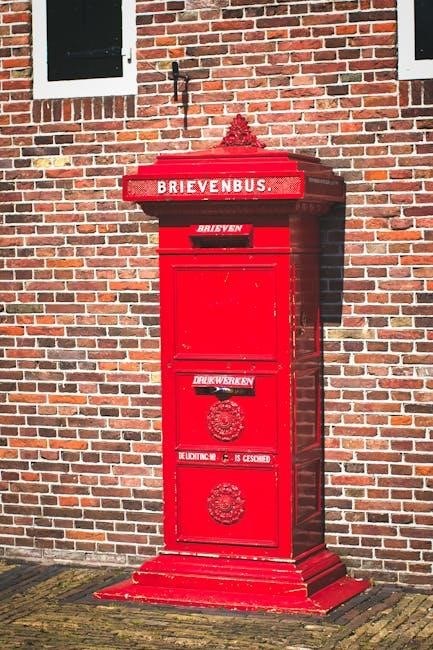
Common Mistakes in Identification and Collecting
Common mistakes include misidentifying reproduction pieces as genuine antiques and overlooking key markings or design flaws. Overcleaning can damage seasoning and historical value, while rushing the identification process may lead to incorrect attributions. Always research thoroughly and consult experts to avoid costly errors.
Misidentifying Reproduction vs. Genuine Antique Pieces
Misidentifying reproduction pieces as genuine antiques is a common mistake. Reproductions often mimic vintage designs but lack the patina and wear of true antiques. Sharp, well-defined markings and uniform finishes are red flags, as authentic pieces typically show signs of aging. Collectors should examine the handle shape, leg design, and overall craftsmanship. Genuine antiques often have a heat ring, a feature rarely replicated accurately. Always inspect for natural rust patterns and historical wear. Consulting experts or comparing with verified examples can help avoid this costly error. Researching manufacturer-specific traits is essential for accurate identification.
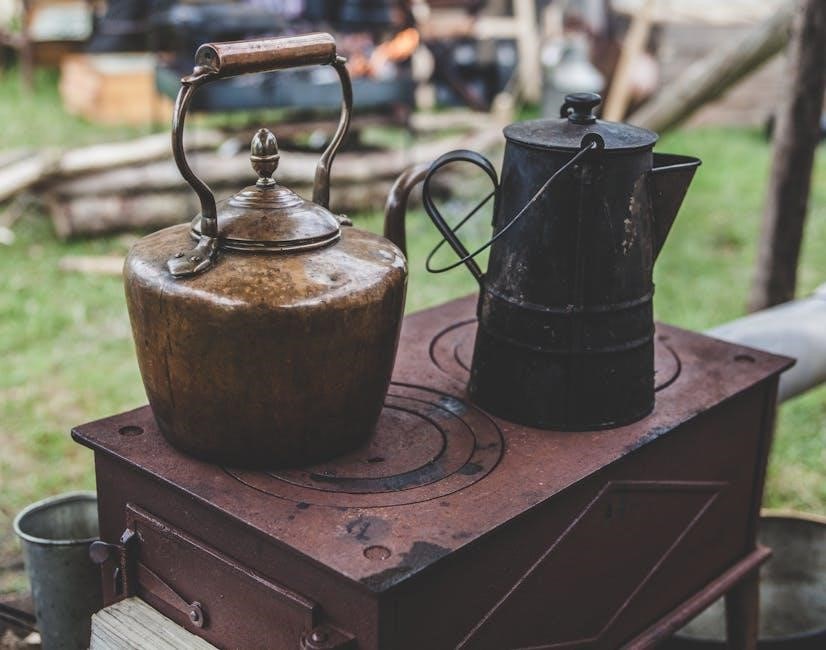
Overlooking Key Markings or Design Flaws
Overlooking key markings or design flaws is a frequent mistake in identifying antique Dutch ovens. Collectors often miss subtle details like size numbers, logos, or pattern stamps, which are crucial for authentication. Genuine pieces from manufacturers like Griswold or Lodge often feature distinct heat rings or specific handle designs. Flaws such as cracks, uneven casting, or excessive pitting can also indicate reproduction or lower-quality items. Always inspect the handle, legs, and lid for alignment and craftsmanship. Consulting detailed manufacturer guides or seeking expert opinions can help avoid misidentification and ensure accurate valuation of the piece.
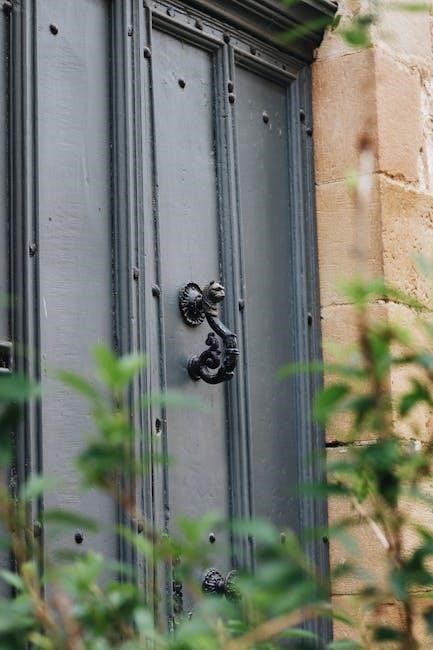
Resources for Further Learning
Explore books like Dutch Oven and Cast Iron Cooking and online forums for detailed insights. Collector communities and historical archives provide invaluable knowledge for enthusiasts and researchers alike.
Recommended Books and Online Guides
For in-depth knowledge, Dutch Oven and Cast Iron Cooking by Kevin and Deborah Ryan is a must-read, offering insights into identification, cleaning, and restoration. The Cast Iron Skillet Cookbook provides practical recipes and historical context. Online forums like Facebook collector groups and Reddit’s cast iron community are invaluable for connecting with experts and sharing discoveries. Additionally, websites dedicated to vintage cookware feature detailed guides on markings, manufacturers, and era-specific designs. These resources collectively empower enthusiasts to refine their skills in identifying and caring for antique cast iron Dutch ovens effectively.
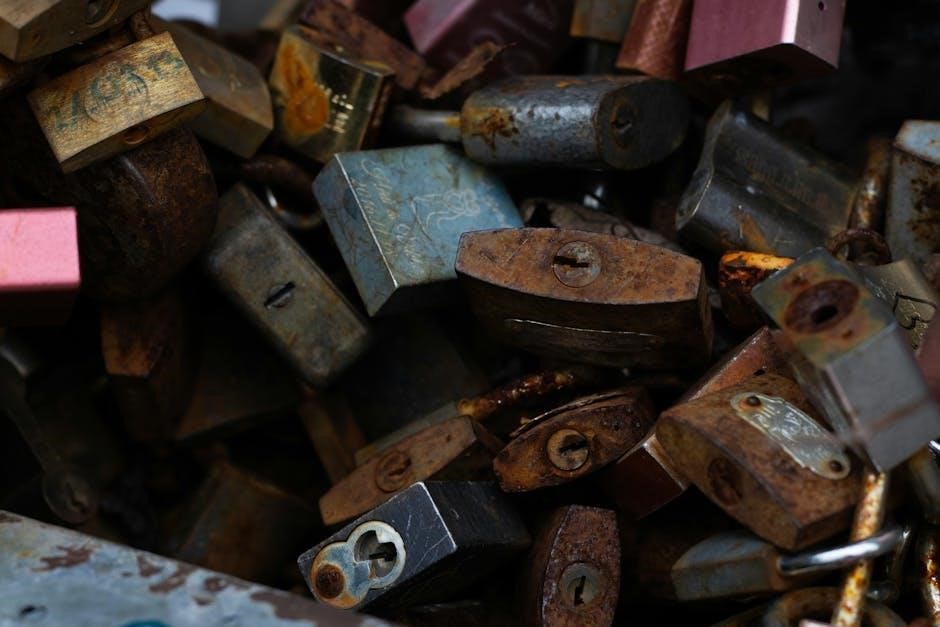
Joining Collector Communities and Forums
Engaging with collector communities and forums is essential for refining your expertise in identifying antique cast iron Dutch ovens. Platforms like Facebook groups and Reddit’s cast iron forums connect enthusiasts, offering valuable insights and expert advice. Specialized groups focus on Dutch oven and cast iron cookware, sharing tips on restoration, seasoning, and historical context. These communities also provide opportunities to showcase finds, seek opinions, and learn from others’ experiences. By participating, you gain access to a wealth of knowledge and camaraderie, helping you refine your identification skills and stay updated on trends and discoveries.
Identifying antique cast iron Dutch ovens is a rewarding journey that combines history, craftsmanship, and culinary heritage. By understanding markings, manufacturers, and design evolution, collectors and cooks can appreciate these timeless pieces. Proper cleaning, restoration, and seasoning ensure they remain functional and cherished. Whether for cooking or display, antique Dutch ovens hold lasting value. Joining collector communities and resources provides ongoing learning and connection. Embrace the art of identification and stewardship, preserving these culinary treasures for future generations while enjoying their rich history and enduring utility in the kitchen.